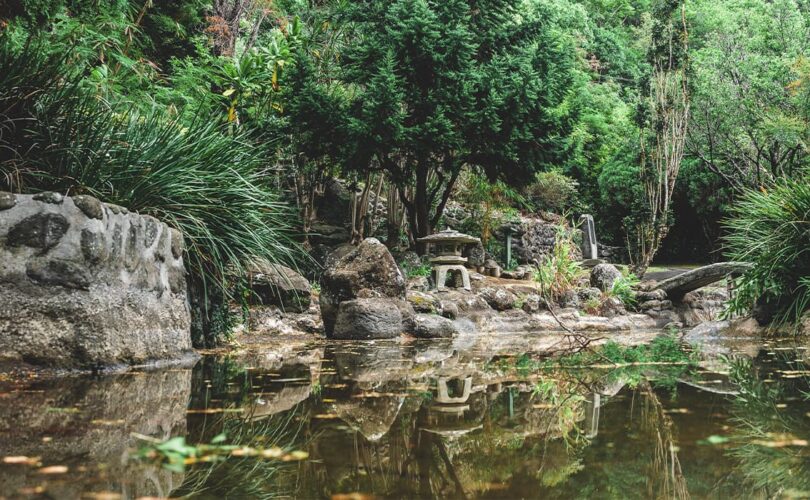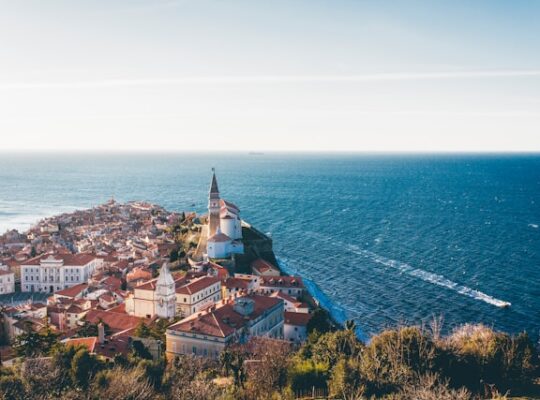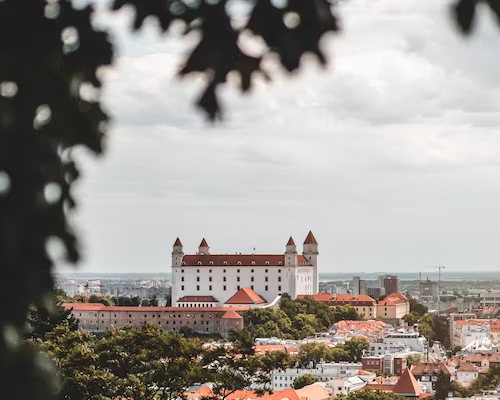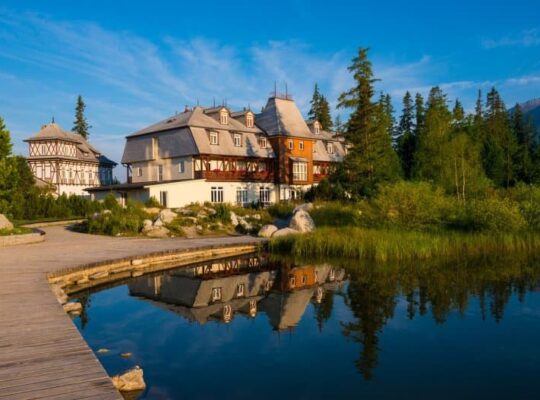In the immediate vicinity of the original Renaissance manor house in Lednické Rovne there is a magnificent park laid out according to the English model by Count Aspermont in the late 18th century.
The origin of this perfectly executed small park goes back to the second half of the 17th century, when František Rákoci ordered a hundred linden trees to be planted in these grounds, similar to those in Zborov in eastern Slovakia. It is no longer possible to say for sure whether this is true or not.
At the turn of the 18th and 19th century the modernization of the plantings began. Still in the park and the surrounding area are magnificent Canadian poplars, which were brought by Count Aspermont from Holland. Anton Rochel, the count’s personal physician and famous Hungarian botanist, was instrumental in transforming the park in the English style.
After dividing the working spaces, including small garden architecture, artificial ruins, caves, antique-style churches and tombstones, and the renovation of the premises, a complete English park of 20 hectares was created. What has been preserved is the stone tower of the church, which once served as a lookout tower, the cemetery next to it with beautiful tombstones, a stone gate in the rear of the park, a Neo-Renaissance mausoleum, a tomb with reliefs of a knight, a sculpture of the ancient god Neptune in a pond and many other elements.
In addition to the six-stemmed protected linden and chestnut alley, worth seeing are pines, dogwood, sycamore, magnificent magnolias, Japanese maples, rhododendrons, roses, as well as rock plants, ivy, and plants climbing on the ground.
The botanical park of Lednické Rovne near the manor house is a small oasis of peace and relaxation. The place is famous for the glass workshops built in 1892. The history of glass production can be seen in the local museum.






